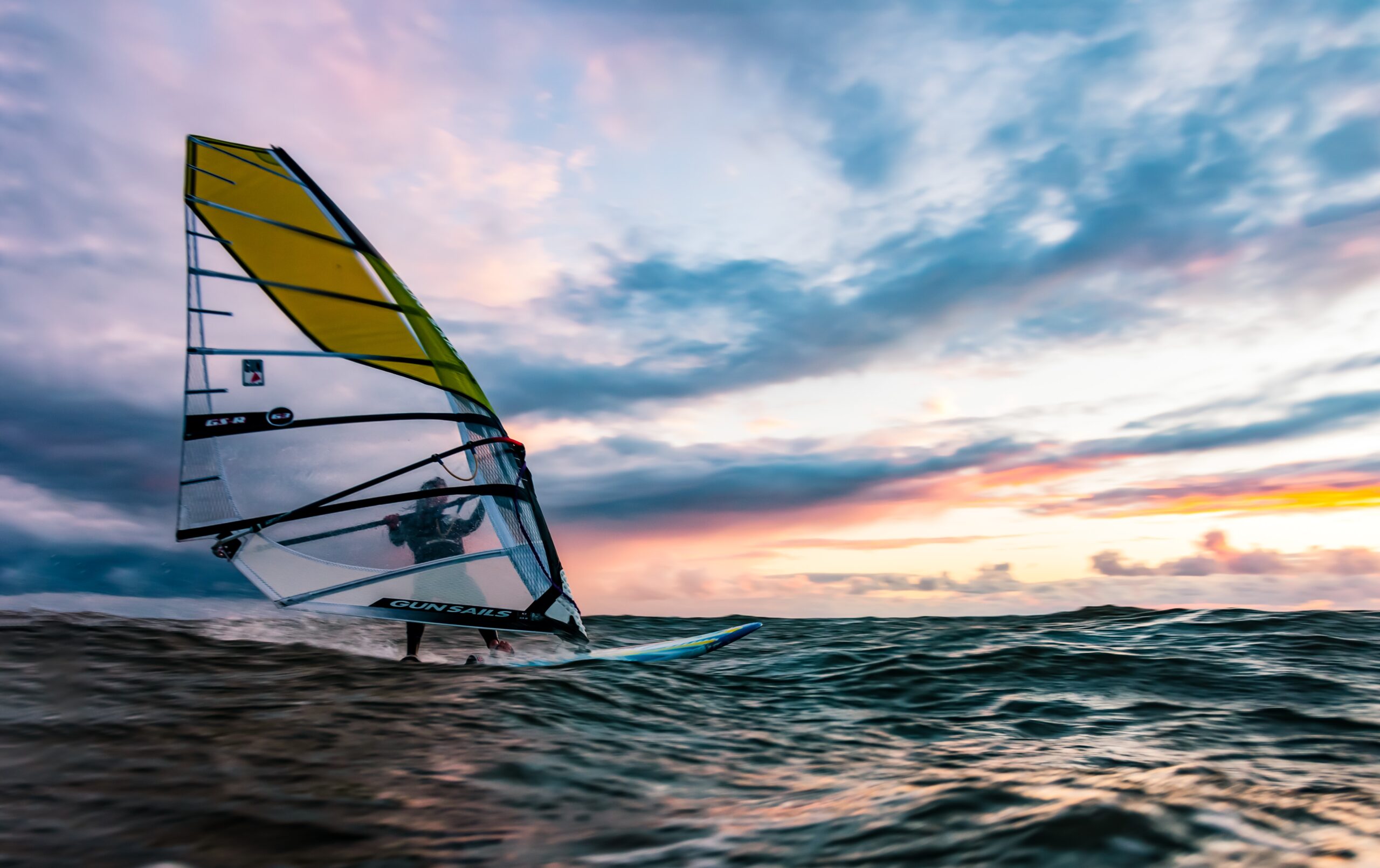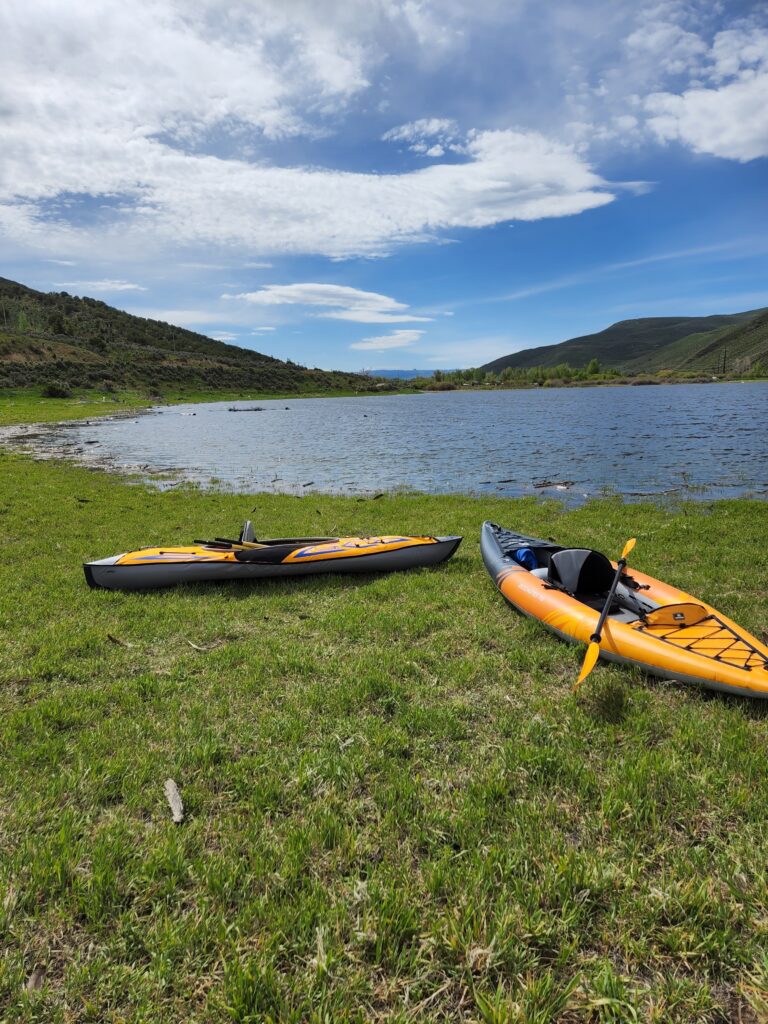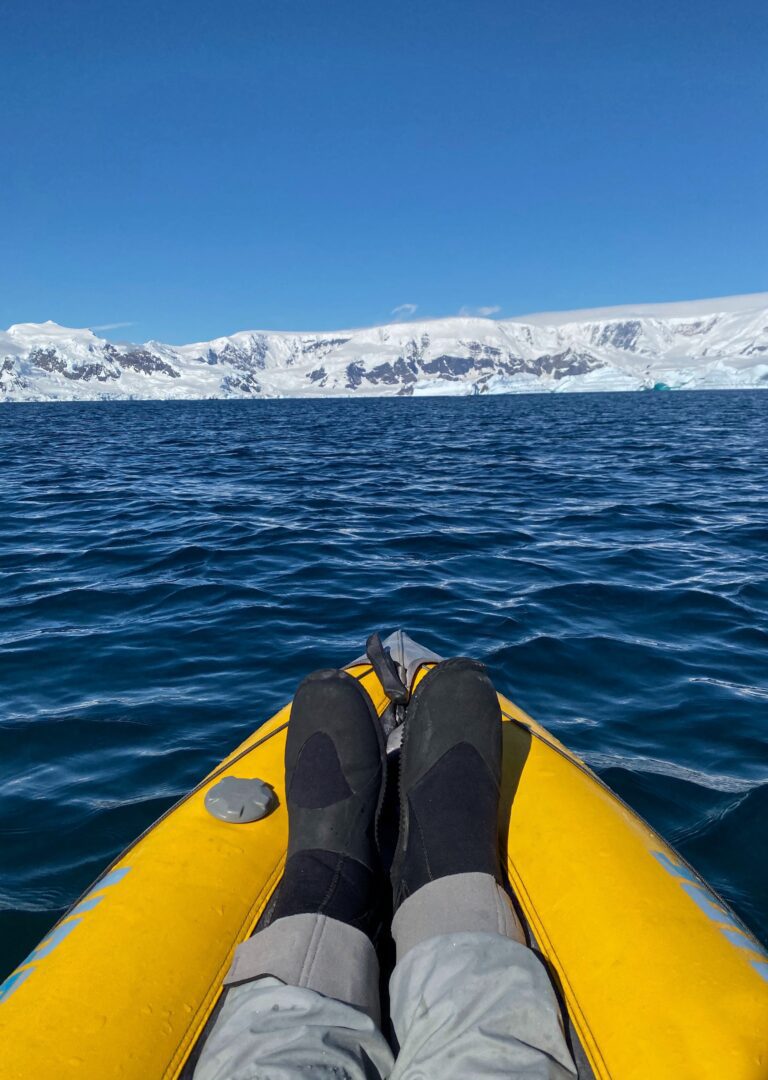Windsurfing is an exhilarating water sport that combines elements of sailing and surfing. With a board beneath your feet and a sail in your hands, you harness the power of the wind to glide across the water’s surface. If you’re a beginner eager to dive into the world of windsurfing, this guide will provide you with essential information and tips to get started on your windsurfing journey.
Table of Contents
Understanding the Basics
Windsurfing involves balancing on a board while controlling a sail to navigate through the water. Familiarize yourself with the different parts of the windsurfing rig, which includes the board, mast, boom, and sail. Learn how to set up and dismantle the equipment properly to ensure a safe and enjoyable experience.
Choosing the Right Equipment
As a beginner, it’s important to start with the right equipment that suits your skill level and the prevailing wind conditions. Opt for a wide and stable board with a larger volume, as it offers better stability and buoyancy. A smaller sail is also recommended to manage the power of the wind more easily. Renting or borrowing equipment is a good idea before investing in your own gear.
Mastering Balance and Stance
Balancing on the board is key to windsurfing success. Start by practicing on flat, calm water to develop your balance. Maintain a relaxed and slightly bent-knee stance, with your weight centered over the board. Keep your gaze fixed on the horizon to maintain stability and prevent falls.
Understanding Wind and Wind Direction
Wind plays a crucial role in windsurfing. Learn to read the wind and understand its direction, as it determines your course and the amount of power available. Study weather forecasts and wind charts to plan your sessions effectively. Remember that onshore winds (blowing from the water towards the land) are generally safer for beginners.
Learning Basic Maneuvers
Once you’ve gained confidence in balancing on the board, it’s time to learn some basic maneuvers. Start with the upwind and downwind sailing techniques, which involve navigating against or with the wind, respectively. Practice tacking (changing direction against the wind) and jibing (changing direction with the wind) to enhance your maneuvering skills.
Safety First
Prioritize safety during your windsurfing sessions. Always wear a well-fitting life jacket and a wetsuit if necessary. Check the weather conditions and avoid winds that are too strong for your skill level. Be aware of potential hazards such as rocks, other water users, and changing tides. Consider taking lessons from a certified instructor who can guide you through the learning process and teach you essential safety techniques.
Patience and Persistence
Windsurfing requires practice and perseverance. Embrace the learning curve and don’t get discouraged by initial falls and challenges. As you spend more time on the water, your skills will improve, and you’ll gradually become more comfortable with the sport. Enjoy the journey and celebrate your progress along the way.
Join a Community
Windsurfing is a popular sport with a vibrant community. Connect with other windsurfers, either at local clubs or online forums, to share experiences, seek advice, and find like-minded individuals. Participating in windsurfing events and competitions can further enhance your skills and provide an opportunity to meet fellow enthusiasts.
Summary
Windsurfing is an incredible sport that allows you to connect with nature and experience the thrill of gliding over the water. By following this beginner’s guide and embracing the learning process, you’ll be well on your way to becoming a skilled windsurfer. So grab your gear, catch the wind, and embark on a thrilling windsurfing adventure!




